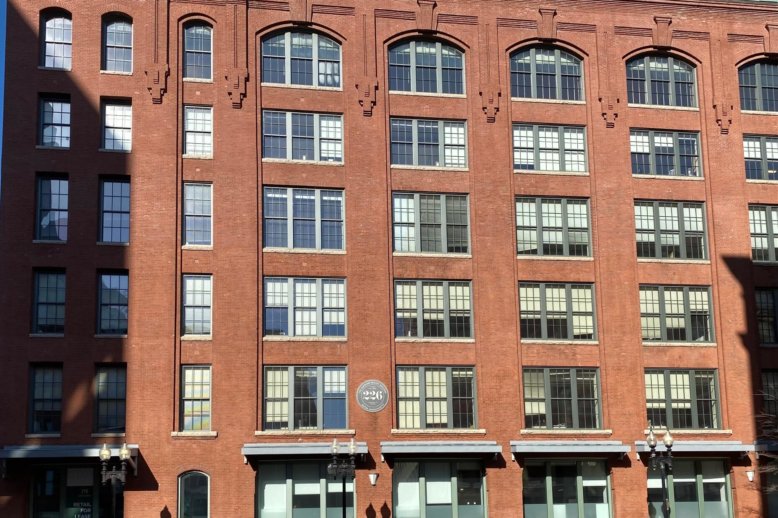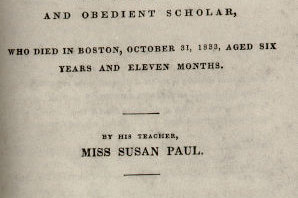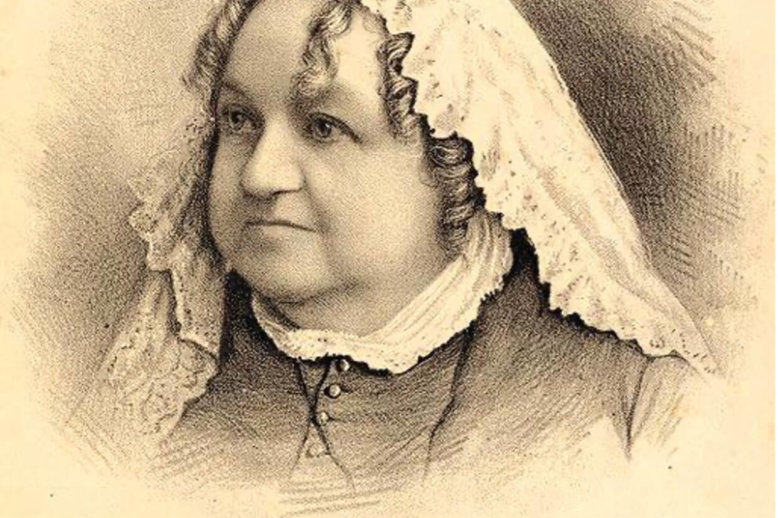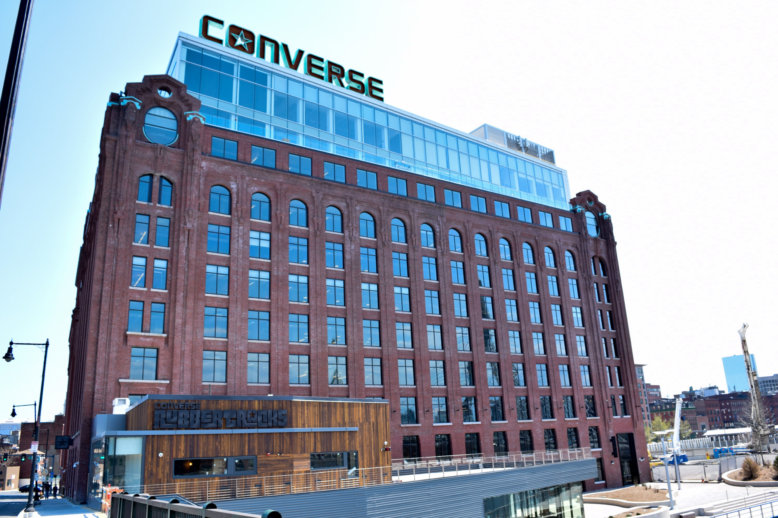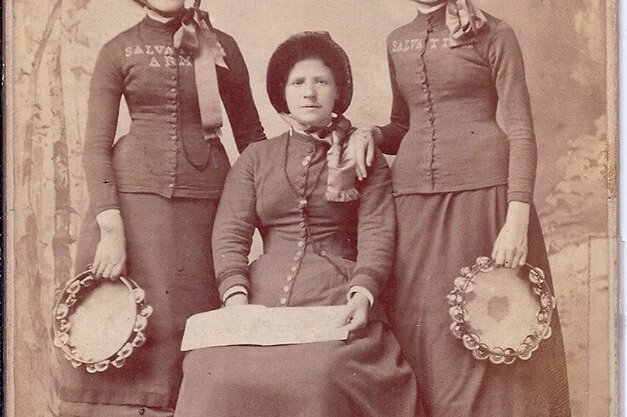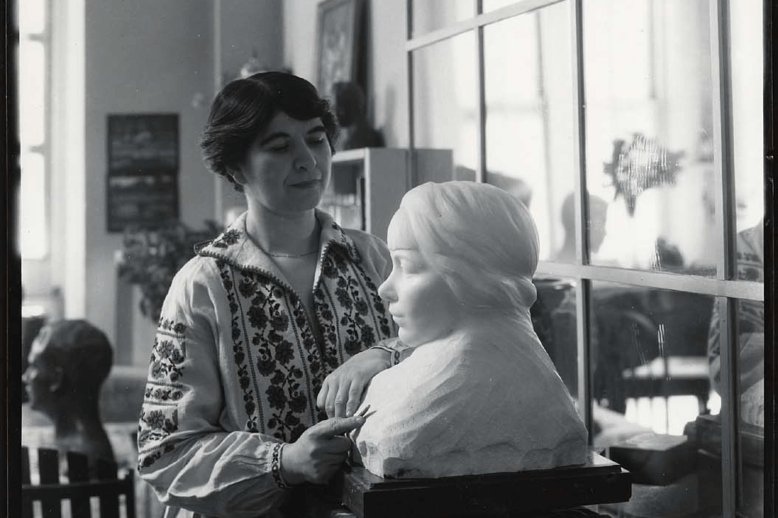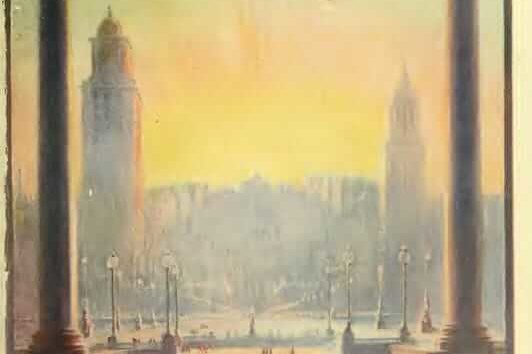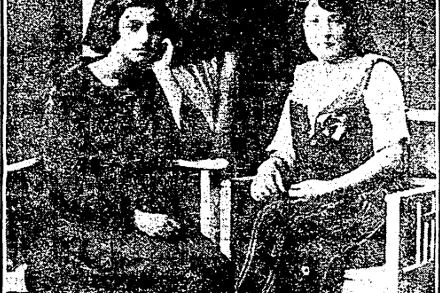Era: Immigrant Neighborhood (~1880-1960)
Immigration, first, second, and third-generation Americans, Settlement Houses, Irish politics, etc.
The Loose-Wiles Biscuit Company (previously Austin Biscuit Company, and later Sunshine Biscuit) opened its “bakery with a thousand windows” in the West End in the early 1900s. The company’s location on Causeway Street was an ideal spot to do business in Boston. Workers at the Loose-Wiles Biscuit Company formed a mutual aid association and formed close relationships through both work and play.
Susan Paul (1809 -1841) worked as an abolitionist, educator, and author from the north slope of Beacon Hill in the West End. She fought against slavery in every aspect of her professional life through her education of African American students, the inspirational music performed by her choir, and her landmark work, The Memoir of James Jackson, the earliest known prose narrative and biography by an African American woman in the United States.
In the mid-19th century, Mary Ann Vincent, a popular English actress, arrived in the West End to expand her career. Her reputation for kindness and charity inspired those around her and blossomed into multiple institutions founded in her name, which to this day work to support women with access to advanced healthcare.
In 2015 Converse Inc. moved its world headquarters to Lovejoy Wharf in the West End. Its 214,000 square foot facility was a major part of an effort to rejuvenate the former industrial area bordering the Charles River and the North End. This was, however, not the first time a business founded by members of the Converse family chose the West End as an advantageous place to set up business.
As the Salvation Army stormed into Boston to continue its evangelical and humanitarian mission, it chose a location in the West End for its headquarters in Massachusetts. From this initial foothold in the city, the Salvation Army and its leader Annie Shirley withstood the persecution of established churches and angry mobs, and expanded its operations throughout New England. The organization continues to pursue its mission today as one the country’s largest and most visible charities.
Though her humble immigrant background set her apart from her more affluent contemporaries, West Ender Bashka Paeff became a highly regarded member of the national arts establishment.
The Boston-1915 Committee was formed in 1909 to improve conditions in Boston and to make it “the finest city in the world” by 1915. For many West Enders, Boston-1915 represented the promise of a brighter future, but none of them could have foreseen that some of the movement’s ideas would inspire city leaders to demolish the West End half a century later.
In 1923, Annie, Jennie, and Rosie Klayman emigrated from Poland to reunite with their parents who lived on 16 Anderson St. in the West End. After arriving, the Klayman sisters were nearly deported because of restrictive immigration quotas, until President Calvin Coolidge intervened to let them stay in the United States.


